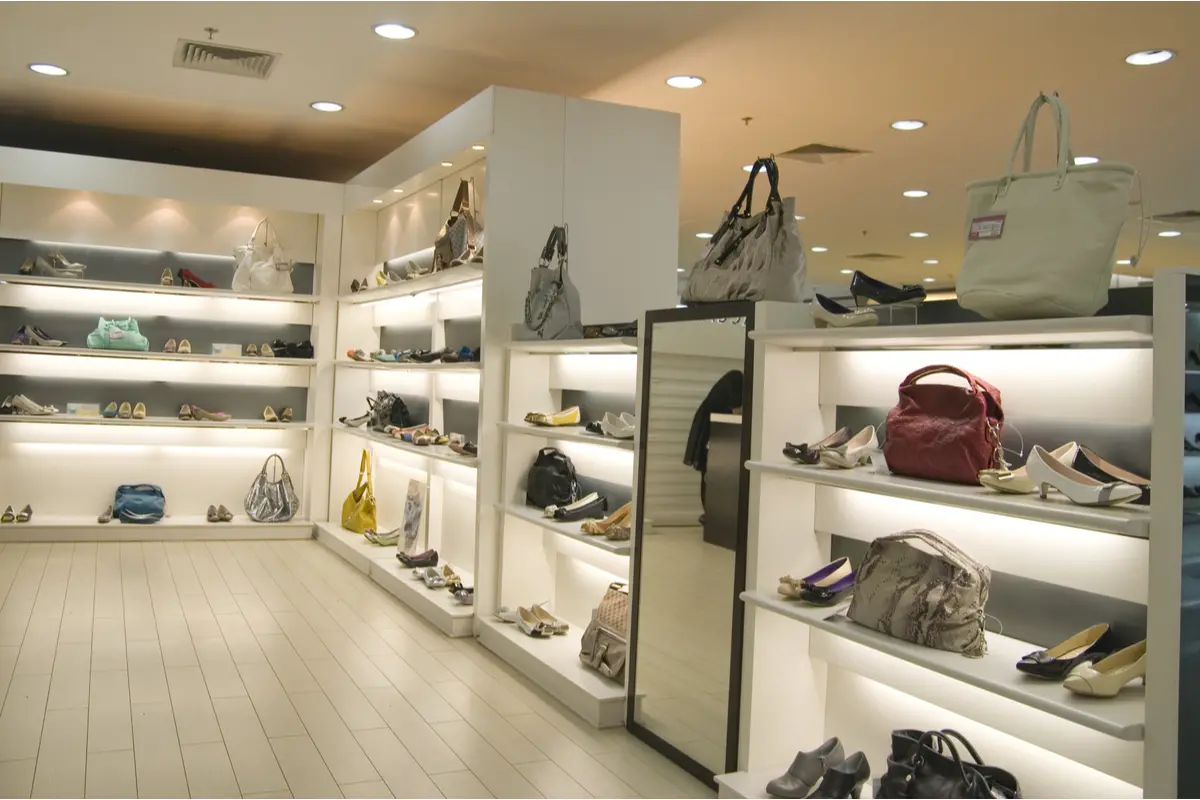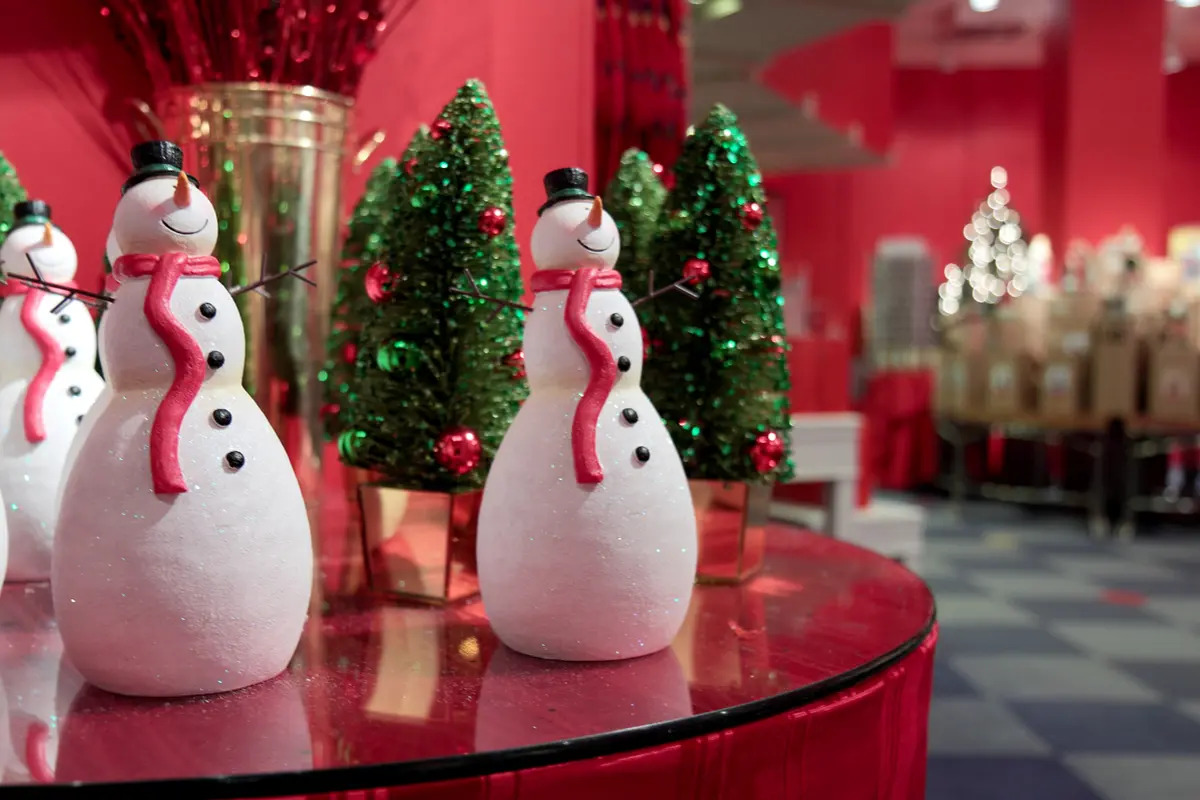Stepping into a retail store, you may spot that some products appear to be more noticeable than others. You may also note that the outfits of mannequins in shop windows change from time to time. Have you wondered why they keep playing that one song so often, or why ice cream freezers suddenly turn up right at the front during summer? These are all strategies of retail merchandising that vendors use to attract customers. With the help of these strategies, companies use psychology to maximize profit. This article will present five practical merchandising tips that will help you boost your sales.
1. Display Products in an Appealing Way

Visual merchandising is a technique that companies use to make certain products in a store look more eye-catching and noticeable. For that reason, visual merchandising uses many different methods to influence the customers, starting from the moment they set foot in the store. Everything, from the physical location and color contrasts to the positioning on the shelf to the lighting, is a mix of visual cues that add to a customer-focused environment.
Visibility plays a massive role in the decision-making process of customers. Placing products in specific aisles or counters is a calculated move to attract customers.
Examples of Neuro-Marketing
Neuro-marketing is a science that studies how companies influence the decision-making process of buyers. Here is a summarized visual merchandising guide with tips based on the findings of neuro-marketing.
- Design an organized facility. When a customer walks into a store, he wants to see a clear path to follow. The layout of the store can immediately impact the amount of time the buyer will spend inside. Convenience is the key to keep the customers interested in going further. Easy passes, precise directions, and transparency are some of the attributes that should make the customers feel like they’re on a scavenger hunt, not in a labyrinth.
- Utilize focal points. Focal points are the epicenters of a visual merchandising action plan. These are specific locations in or outside the store where you want the customer to focus on the most. Shop windows with mannequins or decorated desks right at the entrance are some of the most popular focal points in a facility. It’s important to place focal points at hotspot locations in the area, but overstuffing the whole place with them can be distracting.
- Arrange products at different heights. Depending on the sales strategy, the retailer may organize products on a shelf differently. If the store aims to sell cheaper products with large amounts, then the most affordable products need to be placed on the same level as the average consumer’s eye level, usually the middle or upper rows of the shelf. On the other hand, if the goal is to sell more expensive products, it may position from top to bottom, following the price decrease. It depends on the pricing policy.
- Create an eye-catching color amalgam. Colors are an effective tool per se. They can transfer the mood and set the tone of the products. People associate colors with different things, so cleverly playing with them will help attract more customers to the products. Try to place products whose packaging colors go well next to each other. Bright colors usually grab more attention, so consider putting them in priority locations. You can get attractive packaging ideas for your product in the web and by visiting related markets.
- Demonstrate the consumption of products. Consumers want to see a product in action. A screen next to a specific product line that shows the item in usage will help buyers make a quicker decision and draw interest from bystanders
2. Cross Merchandise

Cross-merchandising is an extension of visual merchandising. It is when shoppers are encouraged to buy items that go well together. For example, a grocery store can place tomatoes next to garlic and basil, so buyers may consider making a bruschetta buying all the ingredients they need. Likewise, a retail store can hang an evening gown and a purse in the same style next to each other. They know that people shopping for an evening gown might also be looking for a bag to match their look. Thus, cross-merchandising not only entices shoppers to make more purchases but also saves them time.
3. Take Advantage of Seasons and Holidays

Consistency is good because changing the store’s layout too often will confuse customers, especially loyal ones. However, keeping products in the same place for too long may bore shoppers and make the interest fade away. Holidays and changing seasons are good excuses to push products to the shop windows. Halloween or Christmas decorations and relevant items evoke customers’ curiosity, as many of them are out in the city looking for presents before the big day. Similarly, when buyers come into a retail store, they want to see lighter clothing as summer approaches, rather than sweaters and mittens.
4. Appeal to Your Customer’s Senses

A brick-and-mortar store has the upper hand when it comes to feeding all human senses. Earlier tips have already shown how to appeal to the eye. In-store customers can also touch the goods before purchasing them. The rest of the senses are also crucial to ensure a customer-friendly environment and strengthen customer engagement.
- Tasting. Departments that sell food and drinks can provide the opportunity for customers to taste for free before buying. This practice is most effective when introducing new products.
- Background music. The right background music plays a vital role in establishing a comfortable atmosphere for shopping. Retail stores usually put cheerful and happy music instead of depressive or sad sounds.
- Smell. People are used to associating some smells with particular places. Come up with a signature smell, whether through air fresheners or scented candles, that would be generally favorable and remind the customers of your store.
5. Track Progress and Use Data Analytics

Experimenting with various strategies is no good if you don’t track them. In the merchandising business, only with the help of thorough observation and calculations do tests show success or failure. There are multiple KPIs that managers can calculate and see if they correspond to their desired outcome. Examples of such are the amount of sales generated from a specific hour or the number of customers returning in a month after changing the store’s layout. At first sight, this data may not seem important, but these numbers hide a lot of information about performance and progress.
Retail Industry KPIs
- Sales per Square Foot (Total Net Sales / Total Square Foot)
This metric shows how effectively physical stores use their area to generate maximum revenue. It is tightly connected with the store layout and helps to identify which locations attract the most traffic. Calculating sales per square foot every time you change the store layout can help determine which option facilitates the highest sales. It can also give insights about potential focal points to draw attention to particular products.
- Conversion Rate (Number of Sales / Total Number of Visitors)
An increased customer flow already means that your store’s popularity is going up. But how many of those visitors actually end up purchasing something? The conversion rate shows precisely what percentage of those customers approach the checkout counter not empty-handed. Real-time figures indicate current performance, and managers can concentrate on increasing this number.
- Retention Rate ((Number of Customers at the End of a Period – Number of New Customers) / Number of Customers at the Start of a Period)
After converting first-time buyers, the next step should be to encourage these customers to return and make a purchase again. Retention rate is a metric that shows how many of your customers are loyal. Keeping an eye on this metric is crucial since a study by J. Bowen and S.-L. Cowell published in 2001 has shown that with a 5% increase in loyal customers, profits go up by 25-125%.
Pass this data to your data analytics teams (and if there is none, consider hiring or outsourcing). With the help of modern software, data analytics can provide accurate results of the research.


